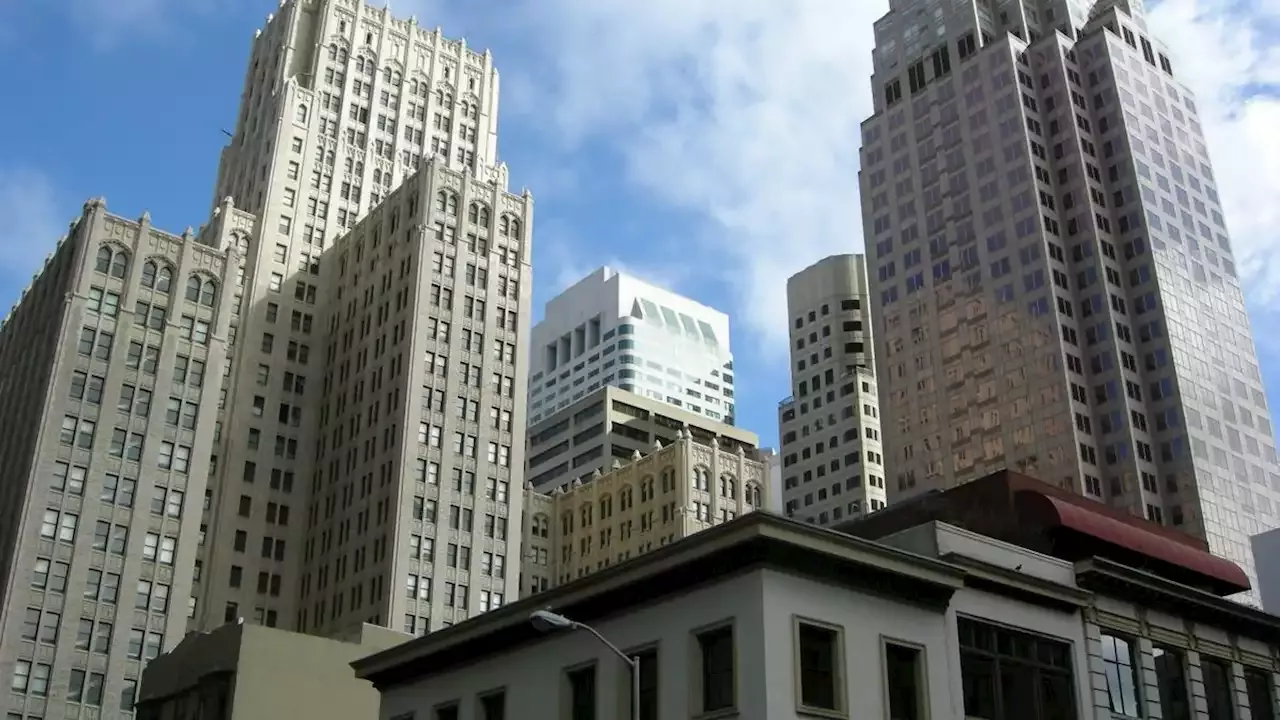Now the Controller’s Office is working to better understand just how much the city and its office buildings might have to lose: It's nearing the finish line on a model that will predict the how the market value of office buildings in San Francisco might fluctuate over the next five years, Chief Economistwrote in the Oct. 19 report.
But landlords have regardless come before the city in droves to argue that the market value of their respective buildings has dropped below their assessed value — a phenomenon which, if widespread enough, would almost certainly cause San Francisco to endure a decline in property tax revenue collection. That could in turn interfereThe Controller’s Office said it would utilize vacancy forecasts from JLL, which is predicting that office vacancy rates in San Francisco will remain between 19.
The model’s findings, which the Controller’s Office said it would subsequently incorporate into the city’s long-term financial plans, should be available later this fall. Early analysis outlined by Egan in the Oct. 19 report paints something of an anxious picture of what could be ahead for San Francisco. Direct office vacancy — spaces for which no tenant is currently paying rent — exceeded sublease vacancy for the first time since the pandemic’s onset in the middle of this year, meaning landlords are increasingly feeling the unbridled impact of lessened demand for space.
